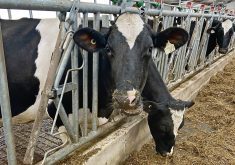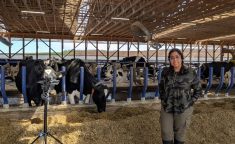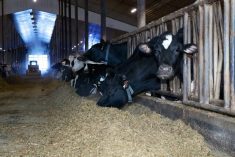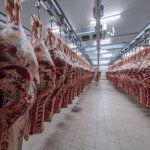Canada’s interprovincial trade barriers have been catapulted into the spotlight as trade relations with the United States and China have soured.
For agriculture, that has meant new attention on regulatory hurdles that, thanks to easy and lucrative access to the U.S. market, have lingered quietly for decades — save for some short-lived fame during big supply chain disruptions.
This February, the federal government announced it would remove 20 out of 39 exemptions to the Canada Free Trade Agreement (CFTA), the intergovernmental trade deal enacted in 2017, in the hopes of boosting domestic economic ties.
Read Also
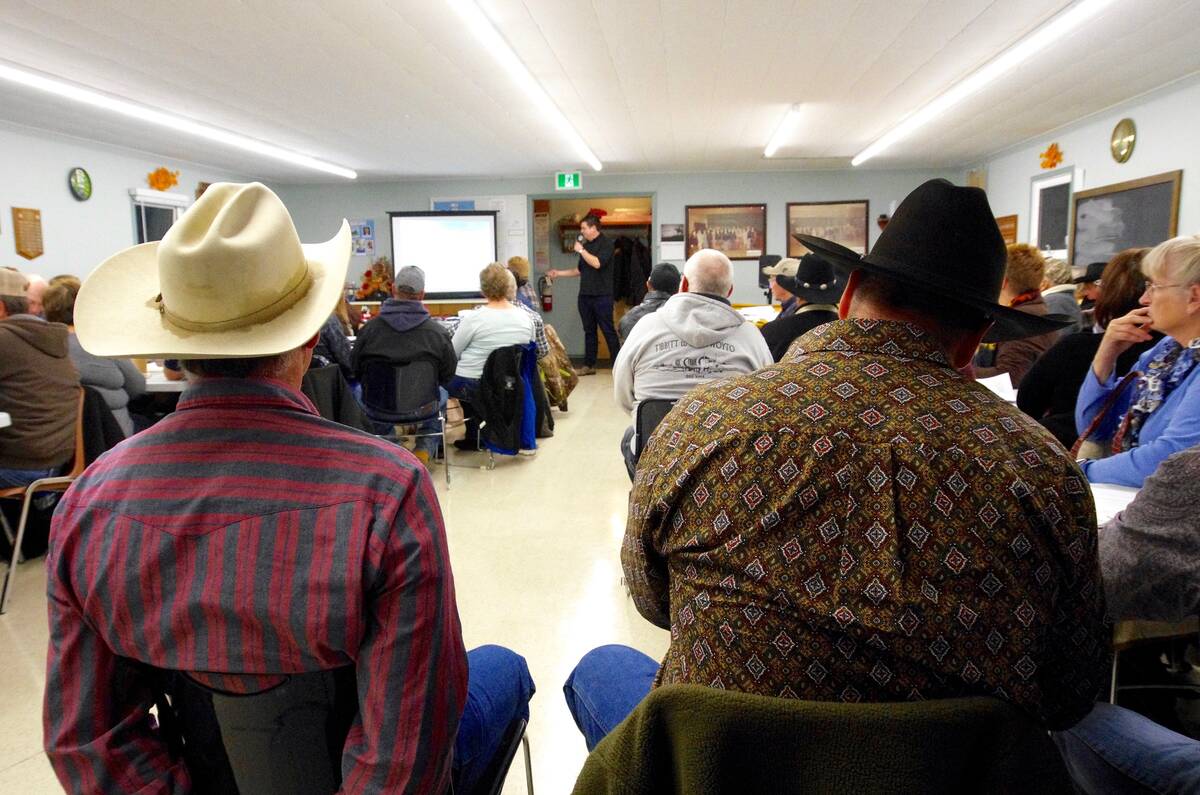
Don’t blow off that beef producer meeting
Local veterinarians and livestock experts often speak at producer events, sharing good advice for farmers on vaccines, calving, herd management and more.
“Eliminating barriers to internal trade will reduce business costs, increase productivity, and potentially add up to $200 billion to the Canadian economy,” read a Feb. 21 news release.
You won’t find supply management on a CFTA list of interprovincial trade barriers, but one popular food market analyst said it fits that description, at least when it comes to Canada’s dairy sector.
Sylvain Charlebois, director of the agri-food analytics lab at Dalhousie University, has long criticized supply management — a system based on controlled production quotas, cost of production pricing and import controls — as a barrier to international trade.
In a Feb. 6 column published by the Toronto Sun, he called supply management a “structural roadblock” to interprovincial trade as well.
“Provincial boards, backed by quota allocations and regulatory power, hold significant sway over the dairy industry, reinforcing regional monopolies that make real change virtually impossible,” he wrote.
“This is why, despite political rhetoric, meaningful progress on interprovincial trade barriers remains elusive. Dismantling these barriers would require a complete overhaul of how supply management operates, something few governments have the appetite to pursue.”
In a follow-up interview, he said there has been a growing “silo-ization” of provincial milk boards — the groups responsible for quota managment in their provinces once the Canadian Dairy Commission calculates and divvies out the national monthly quota. The boards rarely co-ordinate or even speak to each other, he said.
Further, he said, no politician wants to alienate Quebec — Canada’s biggest dairy-producing province — by suggesting changes to supply management.

According to Agriculture and Agri-Food Canada, Quebec had an allocation of 151.6 million kilograms of butterfat — the metric the industry uses to measure quota — in 2022-23, representing 37 per cent of all allocations.
“Quebec is basically fighting to keep its quotas, even though they only have 20 per cent of the population and they produce almost 40 per cent of the milk in Canada. And so there’s a bit of a power imbalance,” Charlebois said. “That’s certainly one thing that has really made things a little complicated.
“With chicken and poultry, it’s a bit different. They do talk to each other.”
He would like to see the allocation of new quotas “harmonized.”
“That would actually break up the inefficiencies and roadblocks between provinces.”
Al Mussell, research lead with Agri-Food Economic Systems, said whether or not supply management can be deemed an interprovincial trade barrier is “a matter of interpretation.”
The fragmentation of some supply managed systems has already produced friction between provincial boards that could be viewed as a trade barrier.
“However, because both provinces and the federal government have jurisdiction on agriculture this is all but inevitable,” he said.
Industry responds
Phil Mount, first vice-president of policy with the National Farmers Union, argued that Canada’s two internal free trade agreements — the New West Partnership (which formed a single economic region among the four western provinces) and the CFTA — have never identified supply management as an interprovincial trade barrier.
Referring to the dairy industry specifically, he suggested in an email that the lack of trade levies between provinces dispels the notion.
“Dairy products move freely all across Canada,” he said, further arguing that Canadians can easily find butter, yogurt, cheese and milk from other provinces on their grocery shelves.
“There are no tariffs when a product is shipped from Ontario to Saskatchewan,” he added.
Mount also took exception to the idea that provincial boards do not collaborate.
“For over a generation, dairy supply management also has had mechanisms like the milk pools that provide structured ways for the parts of the dairy system to collaborate,” he said.
The Western Milk Pool, for example, broke ground on their Alberta-based Dairy Innovation West facility in 2023. That facility was meant to increase processing capacity in the region and is co-owned by the five dairy groups of the pool: the B.C. Milk Marketing Board, the B.C. Dairy Association, Alberta Milk, SaskMilk and Dairy Farmers of Manitoba.
Mount believes supply management involves much more co-ordination, co-operation and joint governance than other agricultural systems.
“This degree of co-ordination is way beyond any non-supply managed sector.” he wrote.

David Wiens, Dairy Farmers of Canada president, said he does not understand how the sector’s supply management system can be identified as an interprovincial trade barrier, chalking the idea up to “misinformation.”
“One look at the variety of dairy products on grocery shelves shows that interprovincial trade in dairy is alive and well in Canada,” Wiens said via email.
That doesn’t mean that dairy products don’t face interprovincial trade issues, but they’re the same kind of regulatory mis-match between provincial rules present for other ag sectors.
“While there are barriers that impact the movement of some agricultural and food products across provinces — such as differences in provincial health standards, abattoir and meat inspection regulations — supply management is an insignificant restriction,” he said.
He takes a similar stance when responding to arguments of provincial “silo-ization.”
“I do not see silos. In Canada, all provinces acknowledge each other’s milk production regulations for food safety, quality and farm inspections. We also have national dairy standards for milk production through our quality assurance program, proAction, that all farms in Canada must meet.”
He further wrote that transportation logistics in the dairy industry are optimized to reduce costs, time and impact on the environment as much as possible.
“This harmonization allows farm milk to move seamlessly between provinces for processing while maintaining consistent quality and safety standards nationwide.”




